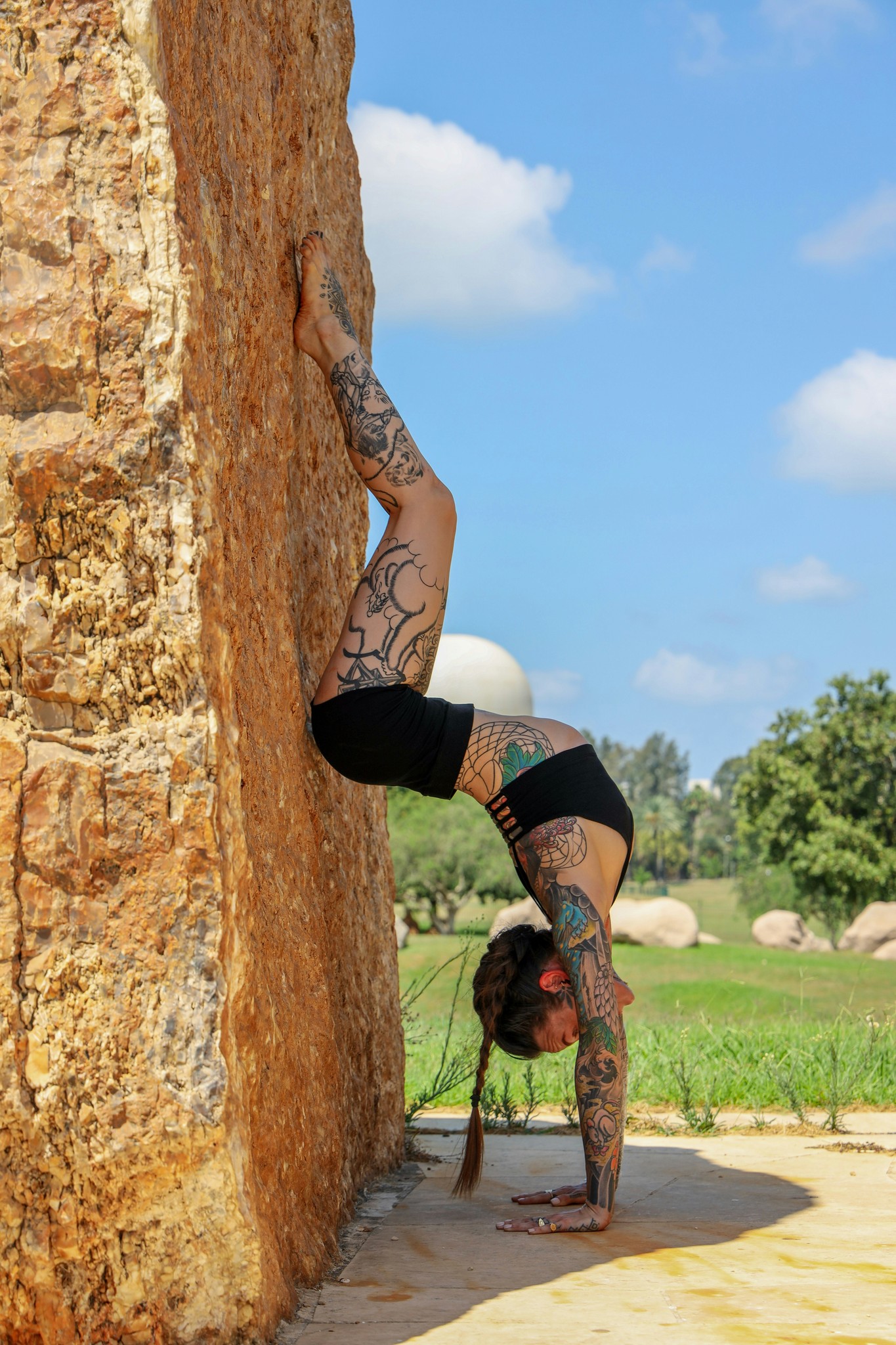WHAT IS
ASHTANGA
YOGA?
Ashtanga yoga is a dynamic and structured form of yoga that emphasizes a consistent sequence of postures combined with breath control (known as vinyasa) to create a flow between movements.
Unlike Hatha yoga, which is slower and more meditative, Ashtanga is known for its physically demanding practice, making it better suited for individuals looking for a more vigorous workout.
HATHA YOGA
The Power of Ashtanga Yoga
Originating from ancient yoga traditions, Ashtanga was popularized in the modern era by Sri K. Pattabhi Jois. The term "Ashtanga" comes from the Sanskrit words "ashta" meaning "eight" and "anga" meaning "limb," referencing the eightfold path of yoga outlined by Patanjali, which includes principles such as moral discipline, breath control, and meditation.
Ashtanga yoga involves six series of postures, beginning with the Primary Series (Yoga Chikitsa), which focuses on detoxifying and aligning the body. Each series becomes progressively more challenging, incorporating advanced postures and transitions. The practice typically begins with sun salutations and standing postures, followed by seated asanas, backbends, and finishing poses. Every posture is synchronized with deep, rhythmic breathing (Ujjayi breath), which generates heat, helping to purify the body and calm the mind.
Practitioners of Ashtanga often find that it not only builds physical strength, flexibility, and endurance but also fosters discipline, focus, and inner awareness. Despite its intensity, the repetitive nature of the practice brings a meditative quality, allowing for both physical and spiritual growth over time.
Ashtanga yoga is ideal for those seeking a structured and transformative approach to yoga that connects mind, body, and breath through a challenging yet rewarding practice.





